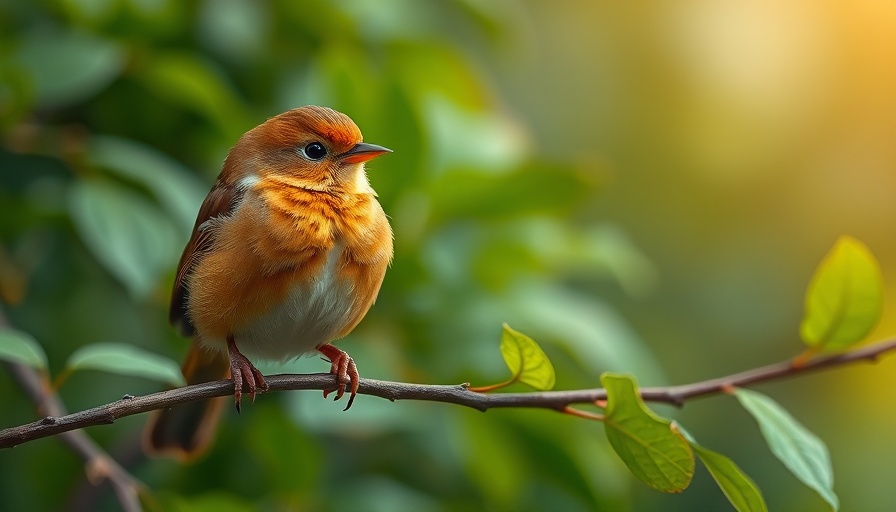
The Amazing Predictive Abilities of the Veery Bird
The harmony of nature extends beyond the melodious calls of birds; it plays a crucial role in understanding and predicting severe weather patterns, particularly hurricanes. The Veery (Catharus fuscescens), a small thrush, has demonstrated a remarkable ability to forecast hurricanes, showcasing a connection between avian behavior and climatic events.
From Reproduction to Migration: An Insight into Avian Behavior
Each summer, the Veery inhabits the northern expanses of the United States and southern Canada, filling the air with its flute-like song. Typically, these birds attempt to raise their young, but researchers have noted that in years marked by particularly intense hurricane seasons, these birds often curtail their breeding efforts, seemingly sensing impending storms. Instead of focusing on nurturing their fledglings, they prepare for a migration southward, crossing the Gulf of Mexico to reach South America.
Stronger Hurricanes: The Role of Climate Change
Unfortunately, the changing climate influences the migration patterns of the Veery and their ability to thrive. As global warming intensifies, the frequency and severity of hurricanes—such as those that recently affected Florida—rise steeply. According to studies, warmer ocean waters serve as catalysts for hurricanes, making them stronger and more destructive. This trend not only affects various ecosystems but also poses a direct threat to migratory birds like the Veery, who face challenges during their autumn flights.
Unique Insights and Their Implications for Conservation
Understanding the predictive behaviors of the Veery is vital for conservation efforts. The knowledge that these birds can serve as advanced indicators of severe weather patterns encourages further research into their migration habits and reproductive strategies. This could lead to more effective ecological stewardship and enhance our preparedness for natural disasters linked to climate change.
A Call to Action for Bird Conservation
Birds like the Veery not only enrich our ecosystems but also provide critical insights into environmental changes. Individuals passionate about bird conservation can explore ways to support migratory birds in their area through local conservation groups and initiatives. By enhancing habitats, advocating for climate action, and becoming informed stewards of nature, we can help ensure that these remarkable avian meteorologists continue to thrive.
 Add Row
Add Row  Add
Add 




Write A Comment